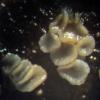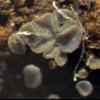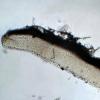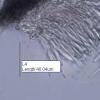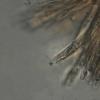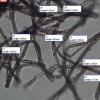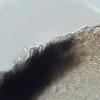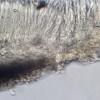
08-12-2025 21:04
Mark Stevens"Hello everyone,I'm relatively new to microscopy (

08-12-2025 18:59
 Lothar Krieglsteiner
Lothar Krieglsteiner
.. found by a seminar-participant, I do not know t

08-12-2025 17:37
 Lothar Krieglsteiner
Lothar Krieglsteiner
20.6.25, on branch of Abies infected and thickened

07-12-2025 16:07
Arnold BüschlenHallo, ich habe in einer Moos-Aufsammlung (epiphy

16-03-2014 22:00
Hello,I found this species a few months ago but ha

08-12-2025 13:39
Thomas Læssøehttps://svampe.databasen.org/observations/10572899

05-12-2025 17:33
 Bruno Coué
Bruno Coué
Bonjour, je serais heureux de recueillir votre avi
 Hello dear colleagues and friends!
Hello dear colleagues and friends!Here is an interesting Mollisia/Pyrenopeziza from Ukraine. The specimen is dried, I hope for Mollisias it is not so critical as for other groups. With a Gminder's key I had a M. perparvula, but nevertheless Mollisias are difficult group and I cannot be sure.
The substrate is a twig of deciduos tree, ca 1 sm in diam.
Fruitbodies are light grey. KOH reaction is bright yellow, quickly disappearing in a mount.
Subhymenium hyaline, marginal cells are short, 2-3-celled
Asci with croziers, IKI bb (2 or 3), 49-63*4.7-5.4 um. Paraphyses filiform.
Spores 8.3-10.7*1.8-2.45(3) um, with scattered oil droplets or not.
Subiculum abundant, ca 3-4 um wide.
See photos attached. What do you think?
With best wishes,
Irina Morozova

with a yellow reaction it cannot be a Pyrenopeziza. And likewise with such subiculum. But more I cannot say.
Zotto

Differences between Mollisia/Pyrenopeziza/Tapesia are still not very clear for me.
Irina

Pyrenopeziza never contains refractive vacuoles (which are responsible for the yellow KOH-reaction), and these you would much better see with fresh apothecia.
Zotto

